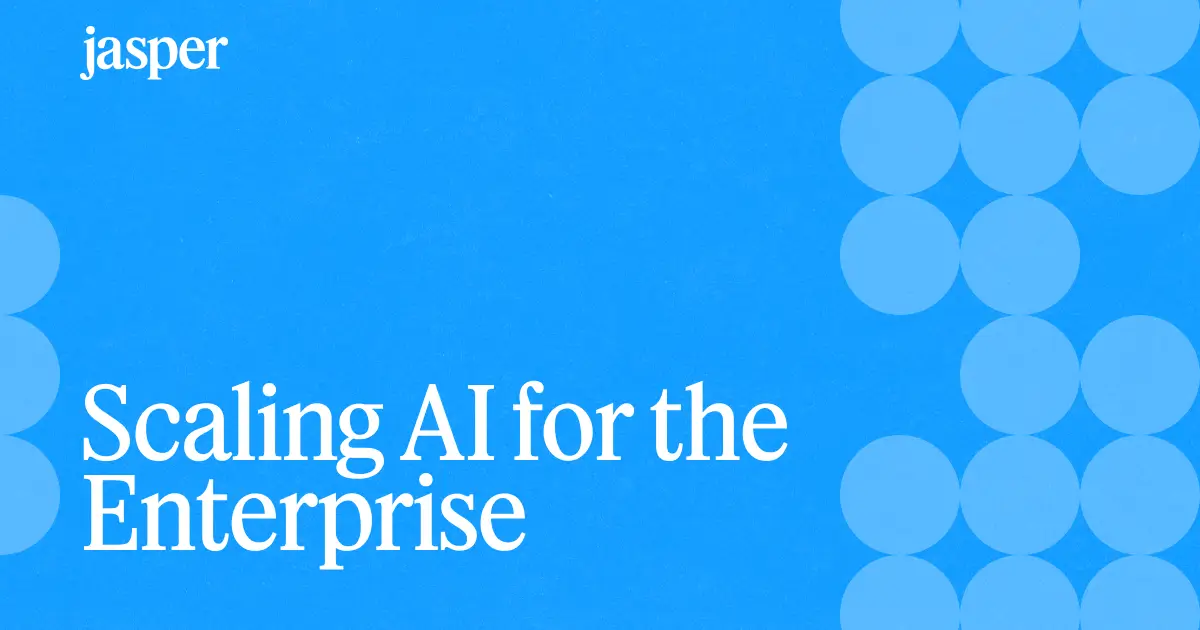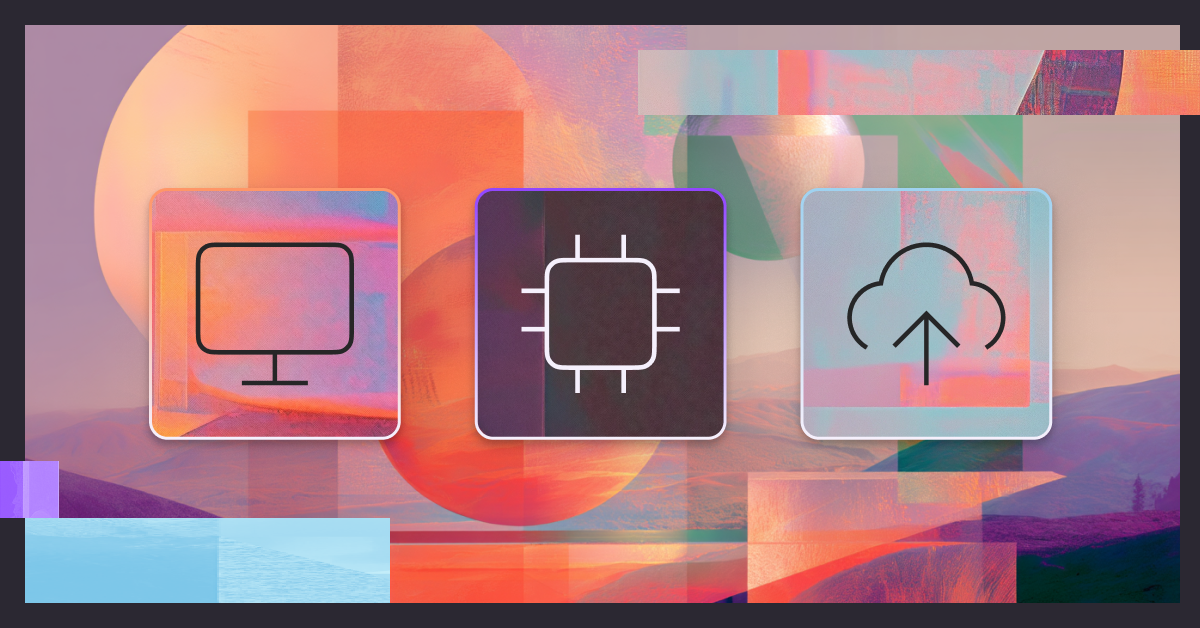Content Distribution: A Beginner's Guide to Creating a Distribution Strategy
Let’s look at what content distribution is in 2024, and how can you get your content in front of the right people at the right time.

The quality of your content isn’t everything. People still have to want to read what you write.
Unfortunately, the world of content is noisier than ever. This is evidenced by facts like this: Every second, YouTube’s video library expands by 500 minutes.
Content distribution is half the battle these days: You can write the best piece in the world, but you still need to get your content in front of the right eyeballs. Let’s look at what content distribution is, and how can you get it in front of the right people at the right time.
What is Content Distribution?
Content distribution is how you share, publish, and market new content aimed at your target audience.
It’s tempting to spend all your time creating a content marketing masterpiece and trusting the audience will find you. But that’s not always how it works. If your content doesn’t find the right audience, it may never generate the results you want and need.
It’s important to ask questions like:
- Which platforms host your ideal audience?
- Which third-party publications can generate buzz?
- Which social platforms have the right mix of style and format for your content?
As Jonathan Perelman of Buzzfeed once said:
“Content is king, but distribution is queen. And she wears the pants.“
After all, online content is a broad category. Different types of content will resonate with different audiences. Blog posts are content. Whitepapers are content. Pillar pages and infographics and videos and podcasts—all content.
Someone scrolling through TikTok isn’t going to respond to a whitepaper, and someone anticipating a whitepaper isn’t going to need a 15-second video. Content distribution's happy medium is finding the appropriate platform to match your audience with the right strategy.
What’s the right strategy? It depends on your goals.
For example, Jerome’s Furniture was famous in Southern California for its local TV ads. But when Jerome’s switched to an SEO-focused strategy that focused on regularly posting online articles, they increased their organic traffic by 10% and saved $15,000 in advertising spend.
It wasn’t that their content was suddenly better. Their distribution choices were simply a more precise match for their customer base. Rather than advertising to everyone watching TV in Southern California, they targeted a subset of online furniture shoppers.
How to Create a Content Distribution Strategy: Three Steps
The best distribution strategy usually involves diagnosing what your audience likes. Rather than starting with good content and finding the best channels, your first goal should be to identify your audience and the channels they already prefer.
Everything you do after that will stem from one question: where are your customers?
Step One: Find Your Audience
Fun fact: your audience is comprised of people.
This might not strike you as a startling statement. But it’s the core of good content distribution. Before you build a content strategy, you have to answer the most important questions of an entire content distribution strategy:
Who’s going to read it? Where are they? And what kind of content do they prefer?
The answers will determine where your content should go. Consider our piece, How AIDA Marketing Works. We pointed out the example of a venture firm named Fifth Wall, which used memes to connect with its audience:

A White Lotus meme might look slightly out of place in a frank, serious whitepaper about decarbonizing real estate. But on social media? The content fits right in.
The who question is all about understanding context. Social media exposes you to an audience looking for quick entertainment: memes. Match the message with the medium, and you’ll have a recipe for content distribution success.
But there’s more to finding your audience. Before you decide on a strategy, ask these questions:
- What are the most relevant pain points in your audience? Research content from your favorite brands on social media. What kinds of complaints can you find in the comments?
- What channels does this audience seek when resolving those pain points? When you know, you’ll know which channels might work for you. For example, someone with a bad back in Southern California might Google “soft mattresses near me,” which made Jerome’s Furniture’s strategy of writing articles all the more relevant.
- What content styles work well on that platform? For Google, informative articles work. On Twitter, memes can drive brand recognition and engagement. Once you know where your audience is, you simply have to match your strategy to the appropriate channels.
Step Two: Decide Your KPIs
You won’t know how well your content is performing if you don’t know how to measure it. Choose high-quality Key Performance Indicators (KPIs) to track your performance over time.
You’ll need to clarify your goals. What will your content distribution plan accomplish in an ideal world?
- Brand awareness? If so, then according to Wordstream, KPIs can include article views, social shares, and audience engagement like comments.
- More organic traffic? You can track your search engine results: inbound links and clicks from Google and Bing.
- More followers on social media? You should also track which posts tend to increase follower growth at the highest rates, usually within a 24-48 hour period.
- High conversion rates on CTAs (calls to action)? You can track clicks, sign-ups, or purchases here. And if you’re unsure which channel is driving the highest bang for the buck, you can also track the cost per lead (CPL) once someone signs up. CPL refers to how much money you spend on the content to attract the click—and divides it by how many users signed up as leads.
Step Three: Match Your Message to the Masses
Airbnb had an interesting idea for a “Floating World” newsletter campaign. The inspiration was to highlight water-themed houses and riverboats. Sounds fun—on the surface.
The problem was Airbnb's failure to connect the message to the medium. That newsletter went out to a wide audience, including people affected by Hurricane Harvey in Houston in August 2017.

Eventually, Airbnb apologized by waiving fees in the area.
It’s an extreme example, but any mismatch between content-appropriateness and your target audience will cause trouble. You might have outstanding, valuable content to share. But if you don’t share it with the right people at the right time, it can leave a funny taste in your audience’s mouths.
Repurposing Content for Your Distribution Strategy: Tools and Tips
Sound like a lot of work? It’s not. In many cases, half the battle’s already done, in fact.
You likely have some solid content sitting around. Old social media posts. Successful blog articles from three years ago. You simply need a way to repurpose the content and introduce them to a new audience.
Content repurposing isn’t like finding reruns on TV. You’ll take old content and re-shape it for easy digestibility on alternative channels. Maybe you’ll take your best-performing blog and divide its tips into 10 social media posts, aiming back to your website.
It’s probably the easiest way to get started.
Jasper actually built their Remix feature specifically to help content marketers repurpose existing content into new formats, like attention-grabbing LinkedIn posts or scripts for video channels.

Once you've got your new content, don't forget to have a human edit and review each post.
AI tools are fast and efficient, but depending on your goals, content repurposing can sometimes lose something in the translation. Give everything a once-over before posting.
You’ll also want to match your content to the audience on each platform.
- Short videos? YouTube and TikTok.
- Longform posts? LinkedIn and Medium.
- Images and memes? Twitter and Facebook.
Once you’ve done it a few times, you’ll find content repurposing is one of the fastest ways to distribute old content in new channels.
The Best Channels and Tools for Content Distribution
With the strategies above, you should have no trouble identifying ways to distribute your content. But in case you need a review, let’s look through a list of available content channels:
Social Media

Depending on the channel, social media is great for personal stories, memes, videos, and short, pithy thoughts.
Just calibrate each message to each platform. A meme might work better on Twitter than it does on Facebook as Twitter trends younger and Facebook has a broader age spectrum.
Video

Videos can be short or long—both work. TikTok’s videos should be shorter, while YouTube hosts both long form podcasts and YouTube Shorts.
Online Text

Sites like Quora and Reddit tend to downplay original content that has little to do with their communities. But there are still ways to share insights and direct traffic back to your content.
Other sites, like Medium, encourage you to create your own posts and “own” a little piece of your online presence.
Newsletters

Constant Contact, beehiiv, ConvertKit—the great thing about newsletter platforms is they allow you to “own” your audience.
Rather than creating a social media following dependant on the platform, it’s closer to building your own content distribution platform. Creating a new whitepaper or webinar to serve as a lead magnet? You can advertise it to newsletter subscribers. Launching a new sale? Ditto.
The challenge is building that audience over time—a strategy that sometimes requires relying on other channels first.
Podcasts

Tools like Spotify and Apple might be your go-to music platforms, but they’re increasingly leaning on the podcast side of the audio spectrum.
Podcasts are more appropriate for in-depth, personality-driven conversations that humanize your brand and tackle topics in detail.
Self-Hosted Website

Sites like SparkToro are self-made content distribution channels—and powerhouses of engaging insights.
With the right tools in place, you can launch product videos, host podcasts, and encourage newsletter signups all on the same site.
How to Build Your Own Content Distribution Strategy
Start by finding your audience. Pay attention to where that audience spends most of its time. (On YouTube, for example, the largest age segment is 25-34).
Once you know the best platform for your message, your content strategy will fall into place. Pay attention to the successful content on those platforms. Start repurposing your most successful old content for your new audience.
Over time, you’ll learn what works. Eventually, you may even have a perfect marriage of content and messaging so you’re always distributing the right message to the right people.
Until then, be willing to leverage AI to repurpose your most successful content onto new platforms. Watch our webinar on repurposing content with Jasper to make content distribution automatic—and much easier than you ever thought possible.
More of the latest & greatest

Scaling AI for the Enterprise: How Marketing Leaders Drive Impact
High-performing marketing teams are scaling AI with structure and strategy. Learn how CMOs can lead the way to drive organization-wide impact.
July 1, 2025
|
Megan Dubin

Reflections from Cannes: Why Brand and People Still Matter Most in the Era of AI
At Cannes Lions 2025, one truth stood out: brand, trust, and authenticity are making a powerful comeback.
June 24, 2025
|
Loreal Lynch

Interactive Tool: Benchmark Your AI in Marketing Strategy
Discover your marketing team's AI maturity. Benchmark your strategy, compare with peers, and uncover gaps with an interactive tool.
June 17, 2025
|
Megan Dubin







